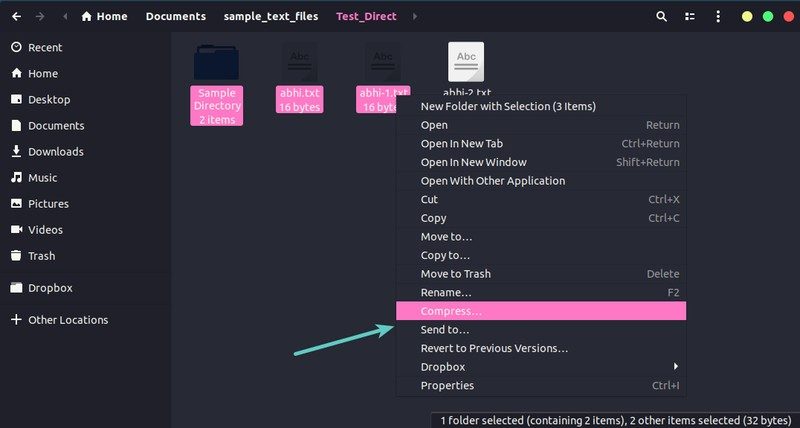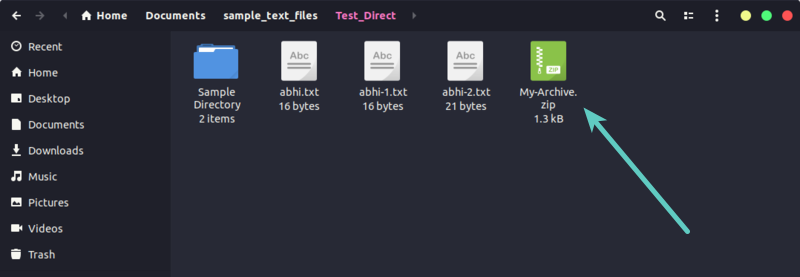
Zip is one of the most popular archive file format out there. With zip, you can compress multiple files into one file. This not only saves disk space, it also saves network bandwidth. This is why you’ll encounter zip files almost all the time.
As a normal user, mostly you’ll unzip files in Linux. But how do you zip a folder in Linux? This article helps you answer that question.
Prerequisite: Verify if zip is installed
Normally zip support is installed but no harm in verifying. Open a terminal and use the following command:
zip --versionIf you see some details on the zip version, you have zip installed already. If it displays ‘zip command not found’, you can run the below command to install zip and unzip support in Ubuntu and Debian based distributions.
sudo apt install zip unzipNow that you know your system has zip support, you can read on to learn how to zip a directory in Linux.
Zip a folder in Linux Command Line
The syntax for using the zip command is pretty straightforward.
zip [option] output_file_name input1 input2While there could be several options, I don’t want you to confuse with them. If your only aim is to create a zip folder from a bunch of files and directories, use the command like this:
zip -r output_file.zip file1 folder1The -r option will recurse into directories and compress its contents as well.
You should see the files being added to the compressed folder during the zip operation.
zip -r myzip abhi-1.txt abhi-2.txt sample_directory
adding: abhi-1.txt (stored 0%)
adding: abhi-2.txt (stored 0%)
adding: sample_directory/ (stored 0%)
adding: sample_directory/newfile.txt (stored 0%)
adding: sample_directory/agatha.txt (deflated 41%)You can use the -e option to create a password protect zip folder in Linux.

You are not always restricted to the terminal for creating zip archive files. You can do that graphically as well. Here’s how!
Zip a folder in Linux Using GUI
If you want to compress a file or folder in desktop Linux, it’s just a matter of a few clicks.
Go to the folder where you have the desired files (and folders) you want to compress into one zip folder.
Here, select the files and folders. Now, right-click and select Compress. You can do the same for a single file as well.

Now you can create a compressed archive file in zip, tar xz or 7z format. In case you are wondering, all three are various compression algorithms that you can use for compressing your files.
Give it the name you desire and click on Create.

It shouldn’t take long and you should see an archive file in the same directory.

Well, that’s it. You successfully created a zip folder in Linux. The next step is to learn to unzip a zipped file in the Linux command line.

I hope this quick little tip helped you with the zip files. Please feel free to share your suggestions.


